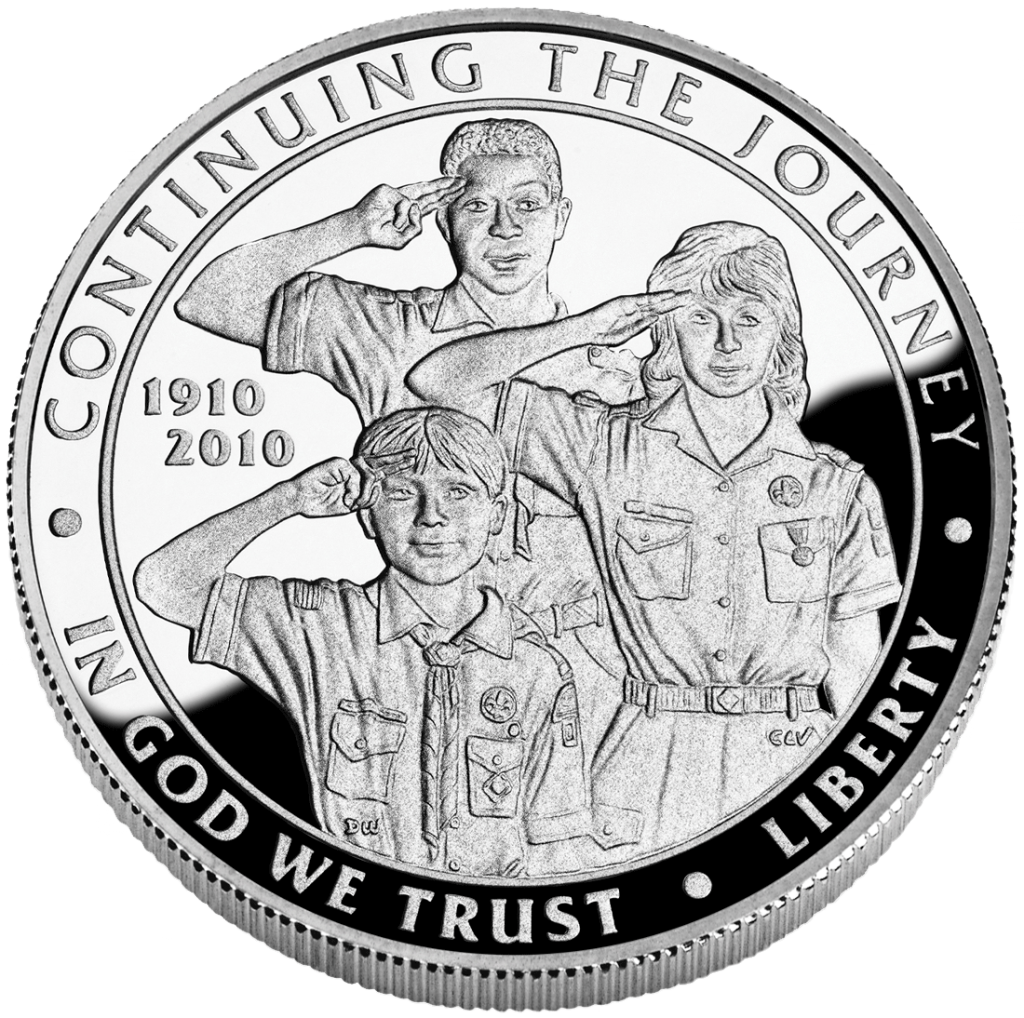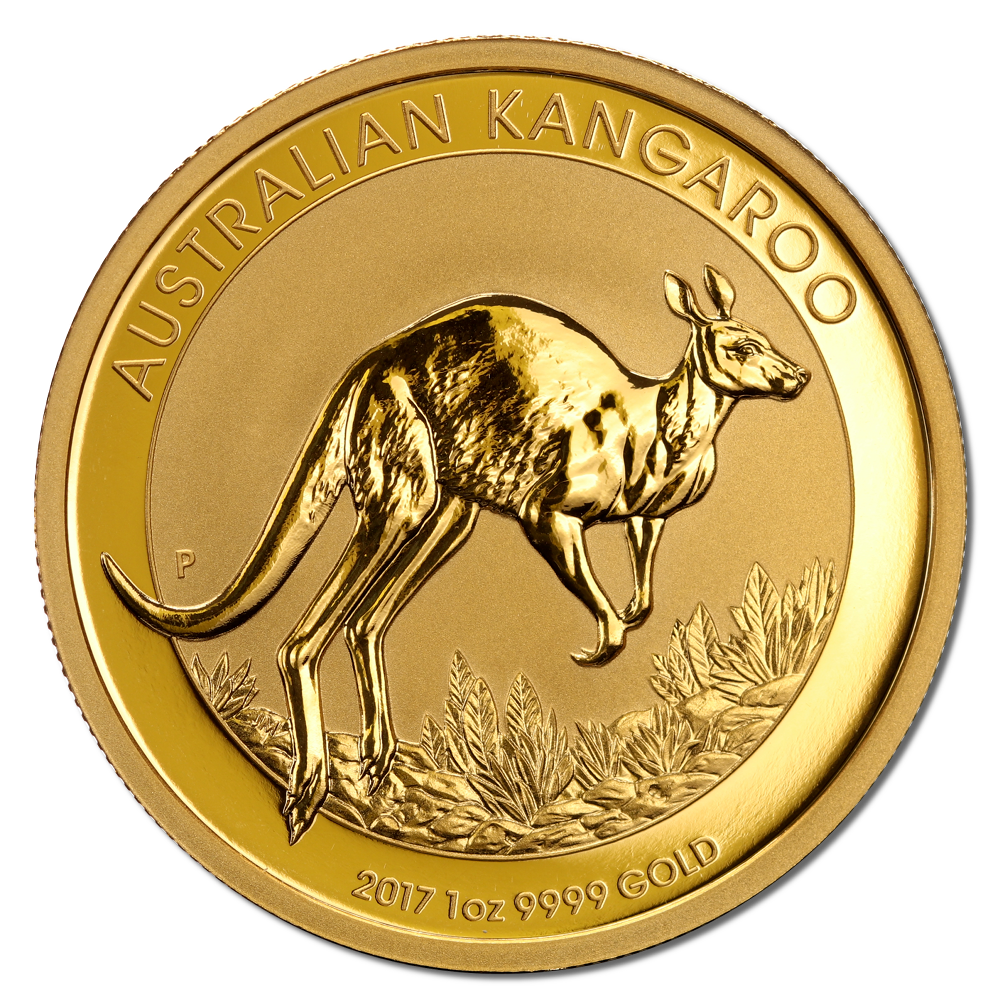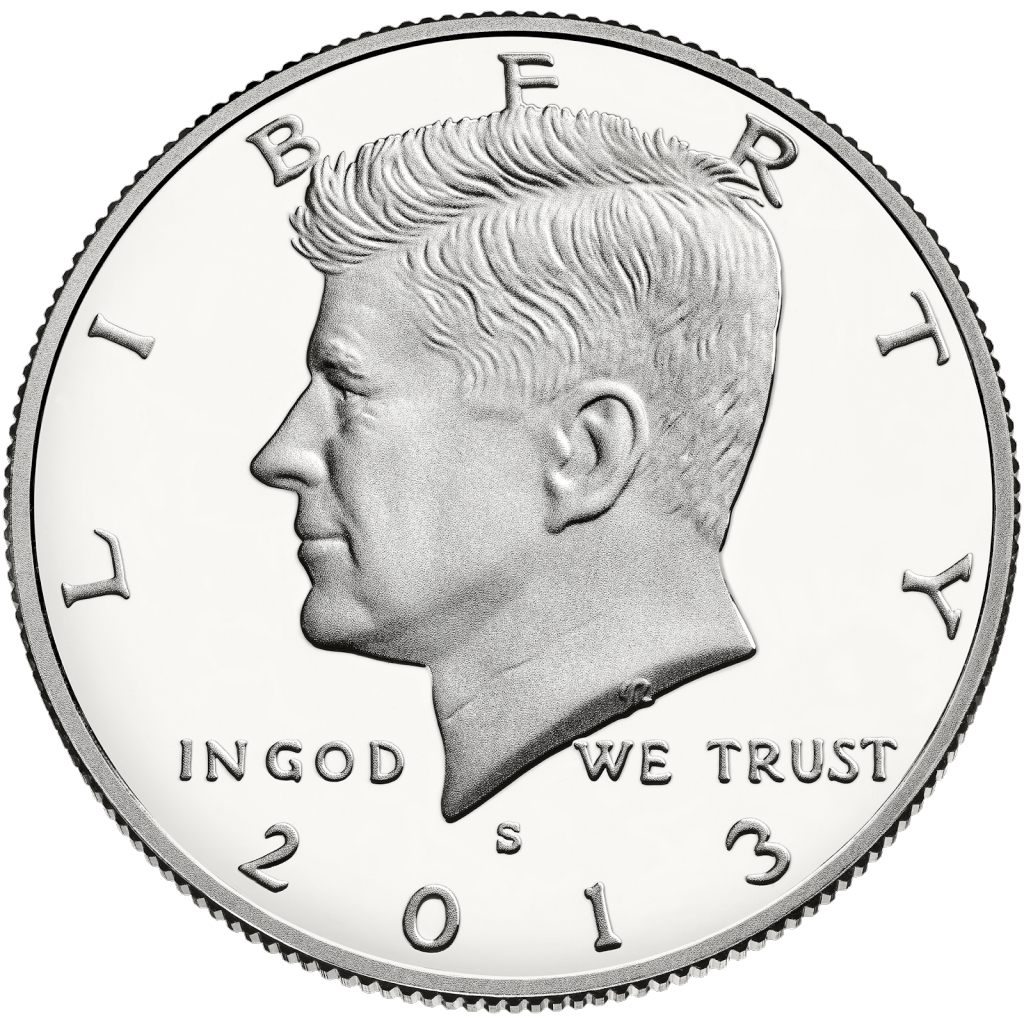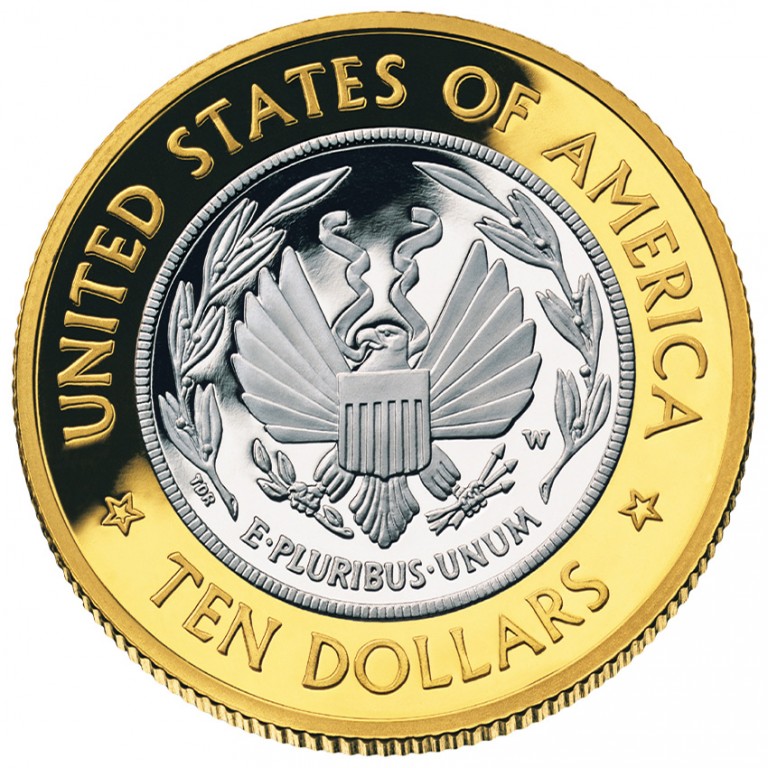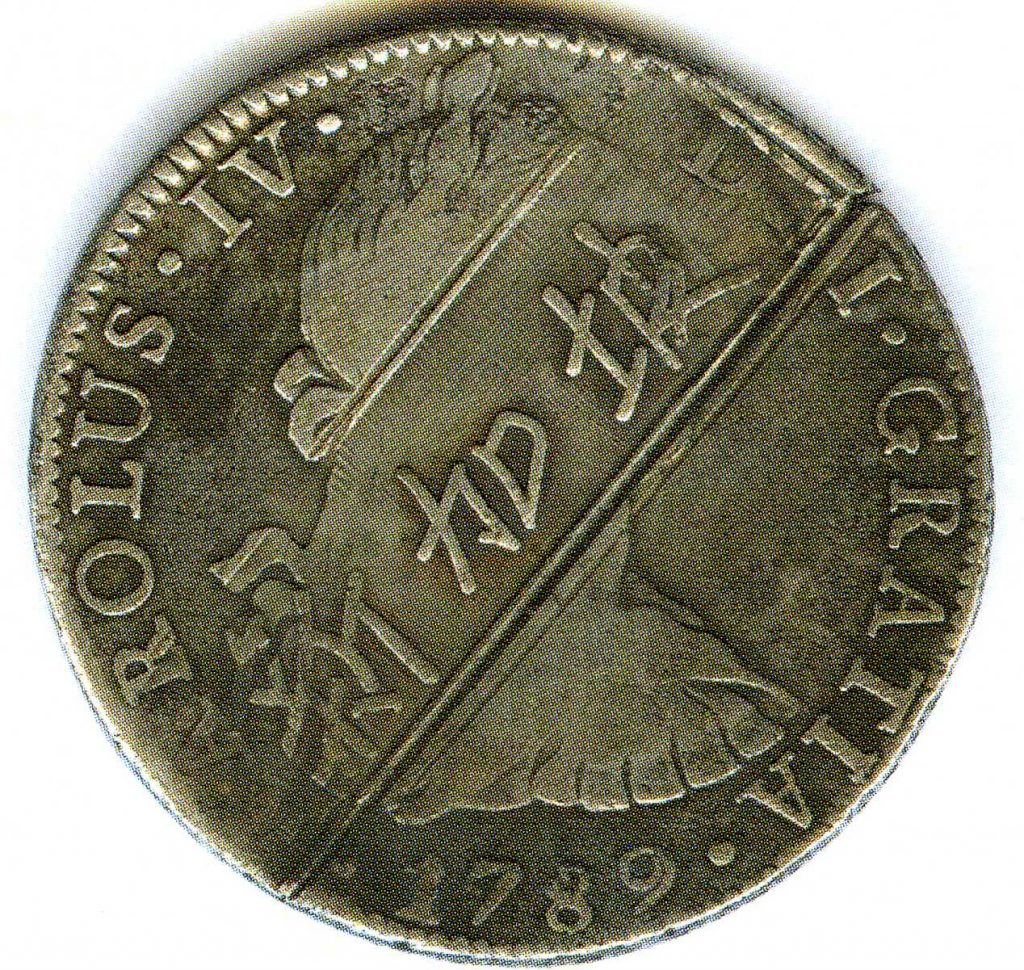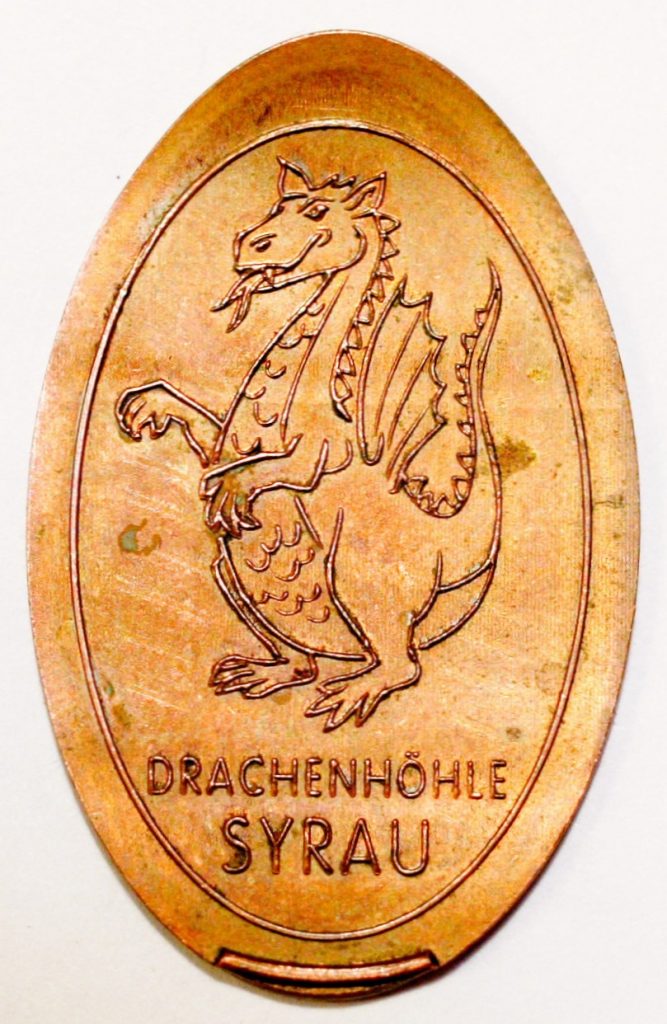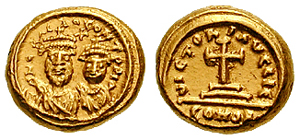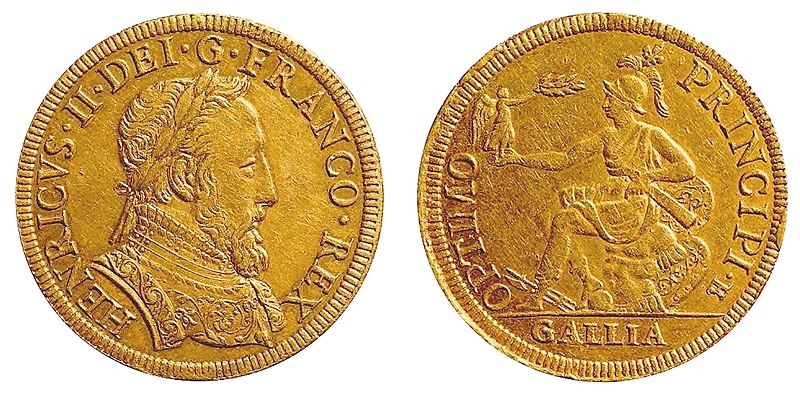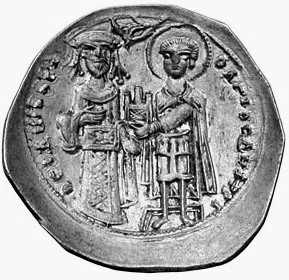Last time we learned many terms to define a coin and its so called “anatomy”. But now it’s time to dig deeper into numismatic secrets. If you want to expand your knowledge about coins and become a proficient numismatist, today you’ll learn about coin classification and grading.
Numismatic Classification
It is hard to fathom the number of different types of coin classification that exist in the numismatic world. There are a myriad of factors or criteria to distinguish one coin from another and classify them into small groups.
By value
Bullion coins
The most valuable coins are obviously the ones worth investing in for the future. What will prevail in this case will be the fineness and purity of the metal (gold, silver, rhodium, platinum, palladium) in which the coin has been minted. Another name for bullion coin is “investment coin” due to its rarity and uniqueness. Besides, the value of precious metals will always continue to fluctuate.
Commemorative coins
These coins often represent an American president, a Disney character or an important event, for instance. State Mints are minting them in order to immortalize historical figures or events. Although these coins are often struck in precious metals, their value will still be somewhat lower compared to bullion or rare coins. The use of precious metals is quite limited and is often for promotional or marketing purposes. They will nevertheless remain beautiful collectibles as they have a magnificent history and design.
Regular coins
Circulation coins that we have in our wallet and that we use on a daily basis to buy commodities or for commercial exchanges.
By coinage
Bi-metallic coins
Coins which consist of two metals or alloys. The manufacturing process is similar to that of ordinary coins, except that two blanks (the inner and the outer) are struck at the same time, thus deforming the separate blanks sufficiently to hold them together.
Bracteates
The thinnest coins in the history of money. These are single-sided gold or silver medals worn as jewelry. It was produced in Northern Europe and was used during the Migration Period in the early Middle Ages.
Colorized coins
Coins with colored finishes on their surface, there is two ways to manufacture them: by printing or lacquering.
Countermarked coins
Coins with an additional mark or symbol struck into it done for a variety of reasons (new value, accepted foreign currencies, political reasons…). Nowadays, it’s an obsolete practice.
Elongated coins or pressed pennies
Elliptical-shaped coins resulting from a coin or medal flattened between two steel rollers and then embossed with a new design. They are often used as commemorative or souvenir tokens.
Hybrid coins
Coins or medals which obverse and reverse do not belong together. They were often created by mistake but they can also be manufactured on purpose.
Piedforts
Unusually thick coins (about twice the normal thickness) that didn’t come into circulation but for are for presentation purposes (such as patterns).
Scyphates
Concave or “cup-shaped” Byzantine coins of the 11th–14th centuries.
By circulation (grading)
Circulation is the most important criteria for grading services when estimating the value of a coin. There are circulating and uncirculated coins. However, there are several subcategories to classify the condition of a coin. Even as a beginner in coin collecting, you have probably encountered mysterious abbreviations on numismatic e-shopping websites or online auctions platforms. You will find below what those letters mean.
Mint State
Uncirculated coins. Frequently defined as UNC (MS-60 to 64). There are coins which are in a perfect condition without any sign of use or wear. Likewise, some grading scales also use FDC – Fleur de Coin – which means a more than exceptional preservation (MS-65 to 70).
About Uncirculated (AU-50)
Almost perfect condition of a coin, at least 95% of the coin design remains.
Extremely Fine (EF-45 or XF-45)
Still great condition, at least 90% of the coin design remains.
Very Fine (VF-30)
About 75% of the design remains, which means there are very few scratches on the coin, the lines are still clearly visible and have no defects.
Fine (F–12)
About half of the coin design remains. Recessed areas show slight softness and letters and digits are sharp. The condition of the coin is usually good.
Very Good (VG-8)
Not a really valuable coin, only 25% of the design remains.
Good (G-4)
About 10% of the design remaining.
Proof (P)
All the grades you saw above are “proof coinage”, gradings to prove the rarity of the coin.
We covered a lot of important vocabulary but there are many other ways to classify coins: by material, country, continent, denomination, date, historical figure… Follow our updates to learn more about numismatics!
Related: Numismatist’s vocabulary: Guide for beginners


